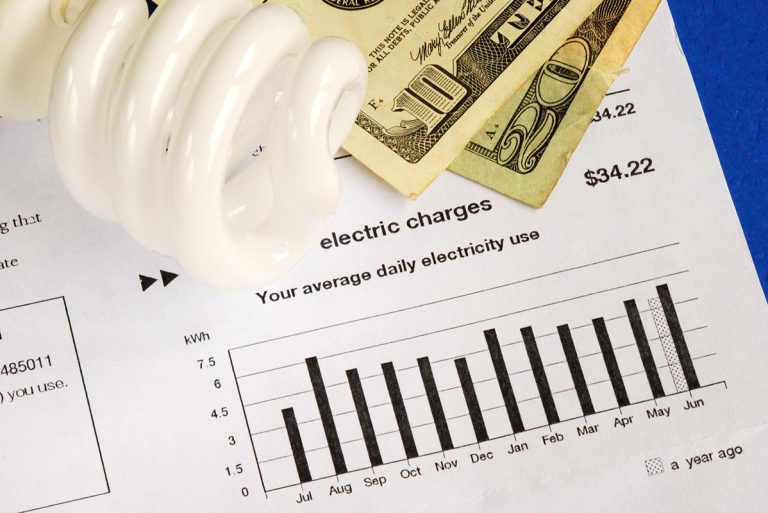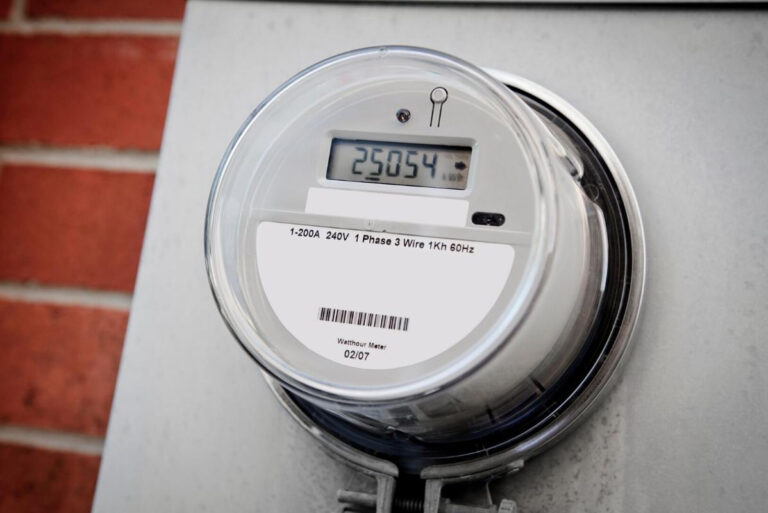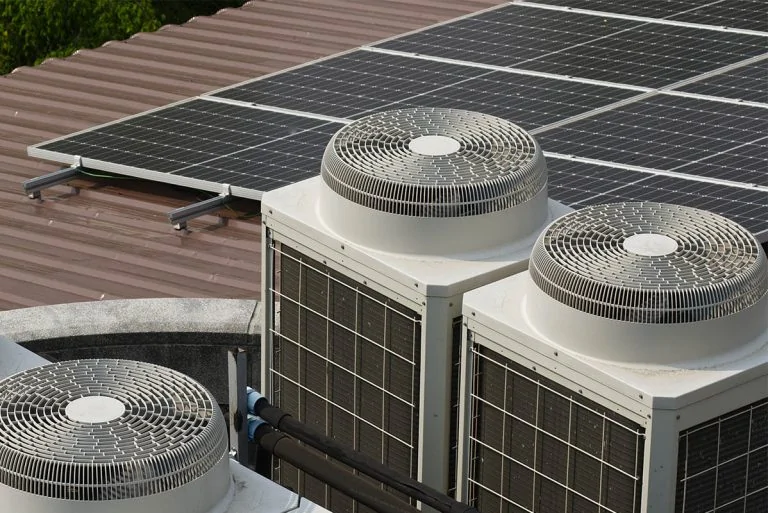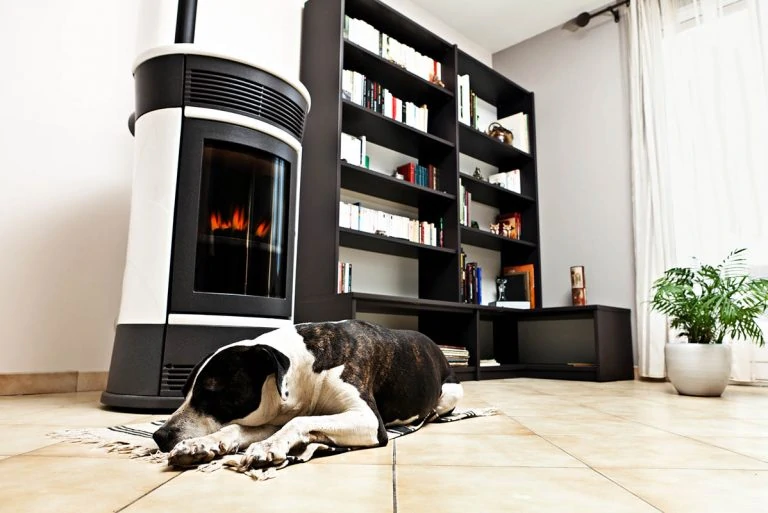As the nights draw in and the temperatures start to drop, it’s a great time to start thinking about how to heat your home more efficiently. In the US, heating makes up 42% of most home utility bills.
So, if you’re looking for ways to increase the energy efficiency of your home then upgrading your heating system is a great place to start. It’s important for two reasons:
- It saves you money – so you can keep a tight budget but still stay warm.
- It saves energy – so it’s better for the environment!
It’s a good idea to hire a professional energy auditor, as installing a new heating system for your home can be costly – and you don’t want to make the wrong decision. The auditor will physically examine your home, providing you with the exact savings you could make by upgrading your heating system.
Even without an auditor, it’s important to educate yourself as to what solutions are out there, and finding which one best suits your needs. By choosing an efficient system that costs less to run, you can look forward to lower bills and a warmer home for years to come.
4 Most Efficient Ways to Heat a Home
Let’s take a look at some of the most efficient ways to heat a home.
1. Heat pumps
Heat pumps take in heat and deliver it to the home via electricity. There, refrigeration technology concentrates the heat, which is distributed through pipes or a duct system into the rooms.
They come in two types:
- Air-source – these draw natural heat from the air, even when it’s cold outside.
- Geothermal – these are less common, but pull warmth from the earth using pipes laid 6 to 8 feet underground. They’re more pricey than air-source, but also more efficient, and will pay back the extra investment within about 5 years.
Geothermal heating is probably the cleanest and most efficient heating system available and emits a sixth of CO2 than even a clean natural gas plant.
Although it definitely requires an investment at the outset, it is essentially self-sustaining; you’d see significant cost savings in annual energy bills.
According to Energy Homes, geothermal is:
- 48% more efficient than a gas furnace
- 75% more efficient than an oil furnace
- 43 % more efficient when cooling
If 100 000 residential homes used geothermal over the course of about 20 years, it could reduce about 58,700 cars worth of CO2 emissions from the highways.
2. Solar heating
Solar panels are becoming more readily available, since they are growing in popularity – particularly in states like California, where there’s plenty of sunshine. The Solar Energy Industries Association (SEIA) reports that, in the early months of 2020, 40% of new electricity generation added was solar, whereas it was only 4% in 2010.
While solar panels are usually used to generate electricity to power your home (including your heating system), they do have a wide variety of applications – including solar water heating.
In essence, solar heating panels turn the sun’s energy into heat, rather than power. Solar thermal panels actually have a few advantages over photovoltaic panels; they are more efficient, they are generally cheaper – and they work better than PV panels in colder climates.
There are two types of solar thermal heating panels:
- Flat plate collectors – flat panels containing a fluid that transports heat to a water tank. They can either be fitted to the roof or integrated into it.
- Evacuated tubes – panels made of a series of glass tubes with fluid flowing through them.

Sources: Wikimedia / SolarCoordinates – Wikimedia / Ra Boe
Whether you opt for solar thermal panels or PV panels to power your existing heating system, it’s important to bear in mind that the overall efficiency and effectiveness of a solar heating system will depend on:
- The type of panel used
- The location of your house
- The amount of sunlight your house gets
- The quality of the installation
This is a totally clean and renewable energy source that can be added back into the grid if unused. Panels typically last for at least 20 years, which means plenty of cost savings after the initial investment.
It can be costly to install, but, like other forms of renewable energy, you’ll definitely see results over time – check out our calculator to help you figure out your ROI.
3. Radiant heating
Radiant heat is an extremely efficient option when it comes to heating your home.
Radiant heat systems typically consist of a heat source like a boiler or even a solar water heater in the floor or wall, through which heated water is transferred evenly via a convection system, to heat the entire space evenly. They work well if your home is off the grid, or if your electricity costs are high.

Source: Flickr / Paxson Woelber, AK House Project Media
The initial installation of a radiant heat system can be expensive to install at the outset, but does pay off over time. It’s efficient because there is no energy wasted, as it doesn’t travel through ventilation so there are no duct losses. It’s also a low-allergen alternative to duct systems, which can collect and emit dust and other particles which contribute to poor air quality.
4. Wood or pellet stoves
If you’re into the cozy wood stove feeling, you live in a heavily forested area and find that this is easy and inexpensive, this absolutely can be a viable option.

Newer wood stoves have an efficiency of 65-80%, depending on the model, but can be polluting, and because of this some regions have restrictions.
Types of appliances that use wood or pellets include:
- Wood stoves
- Wood-burning boilers
- High-efficiency fireplaces
- Masonry heaters
Pellet stoves and EPA-certified wood stoves are the most efficient options.
Tips for reducing heating costs
No matter what kind of heating system you have set up in your home, you can always take steps to reduce heating costs. Here are some everyday tips for helping to reduce the cost of your heating.
- Clean and maintain your systems regularly
- Insulate your hot water tank
- Adjust the thermostat to be lower when you need it less – or use a programmable thermostat
- Make the most of passive solar energy – keep curtains and shades on your south-facing windows open during the day to let sunlight heat in. Close them at night to reduce the chill from cold windows
- Rearrange your furniture so that heating devices like radiators aren’t blocked and can circulate hot air effectively
- Seal leaks in doors, windows, ceilings, walls, and floors to stop warm air from escaping
- Eliminate trapped air from hot-water radiators once or twice a season
- Switch to a smart thermostat, keep it as low as is comfortable and save energy during times when you’re sleeping or out of the house
- Use newer appliances when possible
Remember, cheap doesn’t always mean efficient, but when you take steps to move towards better energy efficiency, it will help you save money.
Wrapping up
There are so many benefits to going green – and choosing an efficient, sustainable way to heat your home can help you to both save money and save the planet too. As demand continues to grow, there will likely be many more options for efficient, renewable systems for US homeowners.











